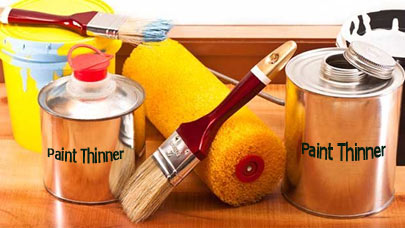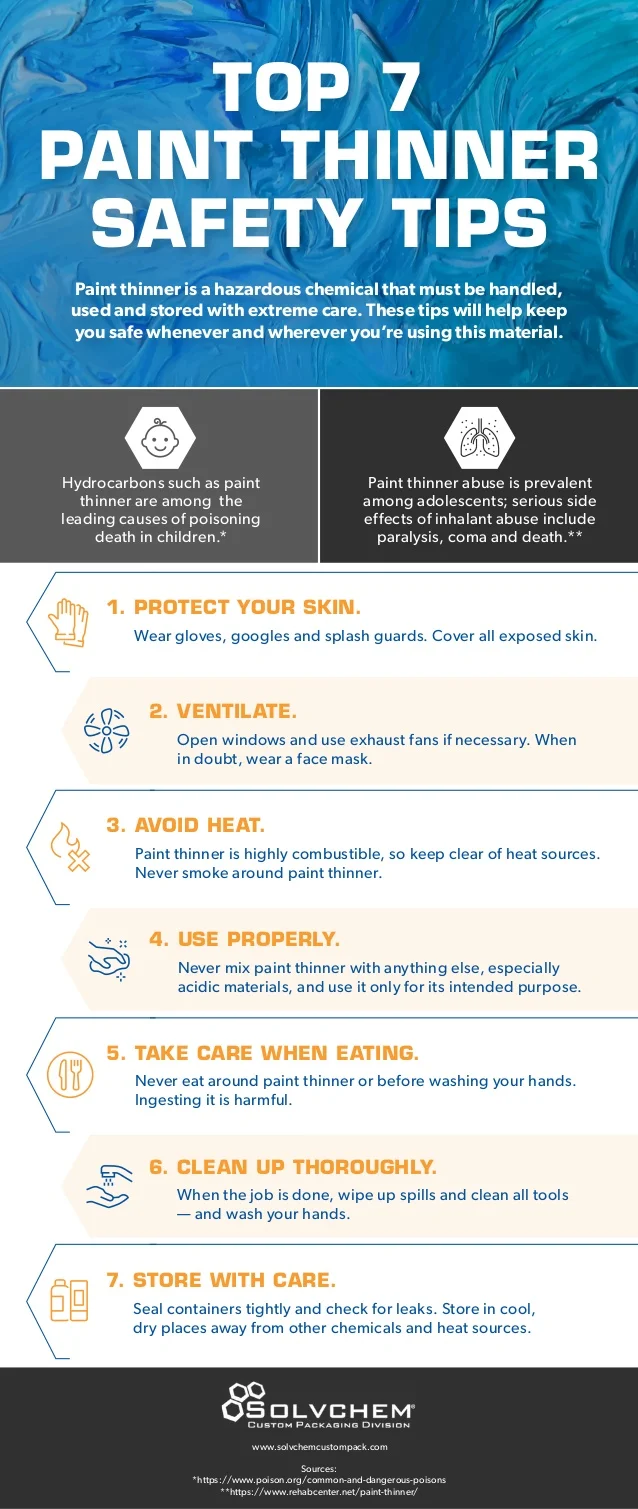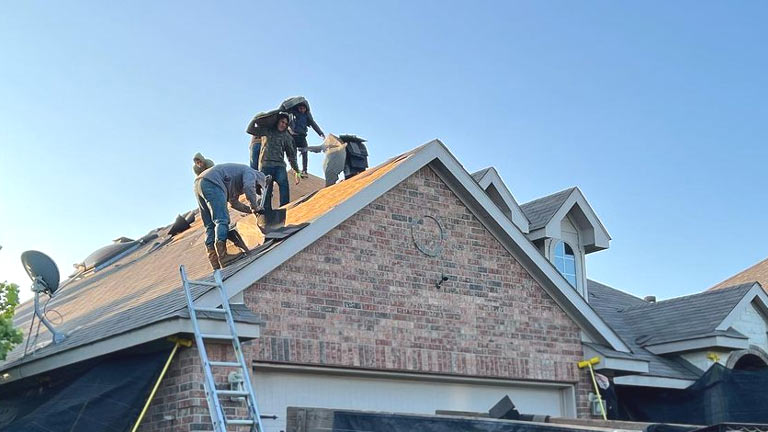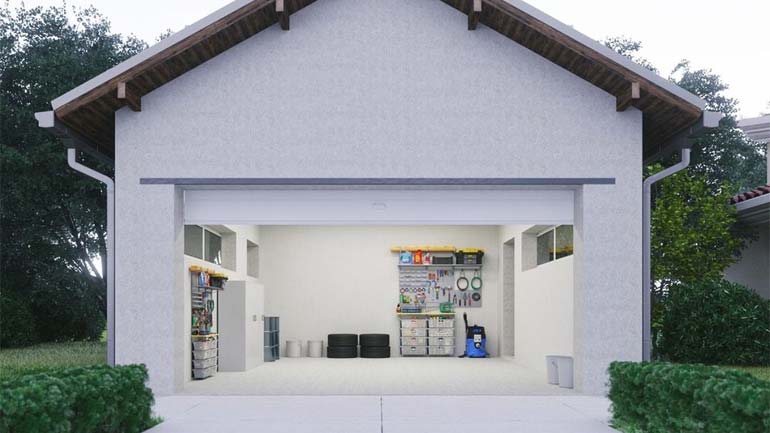 Paint thinner is such a commonly used material that it’s easy to forget just how dangerous it can be. Like gasoline, paint thinner is highly toxic; when it enters the lungs, hydrocarbons can cause burning in the mouth and throat, vomiting, shortness of breath, and in extreme cases nerve or brain damage – all conditions that require emergency medical care.
Paint thinner is such a commonly used material that it’s easy to forget just how dangerous it can be. Like gasoline, paint thinner is highly toxic; when it enters the lungs, hydrocarbons can cause burning in the mouth and throat, vomiting, shortness of breath, and in extreme cases nerve or brain damage – all conditions that require emergency medical care.
In addition to the potentially devasting effects of paint thinner on the body, the material is also highly combustible, with a flashpoint of around 104 degrees F. If some spilled material, a soaked rag, or even a sealed container comes in too close contact with a heat source, the result could be an uncontrollable fire.
The tips above are a solid framework for reducing the risk of chemical-related injury due to paint thinner in your home, but they are just a start. Whenever you or your family plan on utilizing paint thinner, remember to always consult the product information for handling instructions and guidance, while also closely monitoring anyone who plans to come into contact with it.
To learn more about the danger and how to avoid it, review the infographic below, Top 7 Paint Thinner Safety Tips. Be mindful, too, that these seven tips are really an all-or-nothing proposition. Applying one or two of these techniques but failing to use the others could still result in an unpleasant outcome or worse.
As with any painting project – or any home improvement project of any kind, for that matter – safety must always be the first priority. You can protect your family from serious chemical harm by forcing safer habits when conducting home-based projects. Please take a few minutes to review the infographic now for more information.

You will take the benefits from this infographic that will help you stay safe while using thinner. SolvChem Custom Packaging Division provides diverse and high-quality products and specializes in consumer packaged goods, new product development, and strategic planning.




